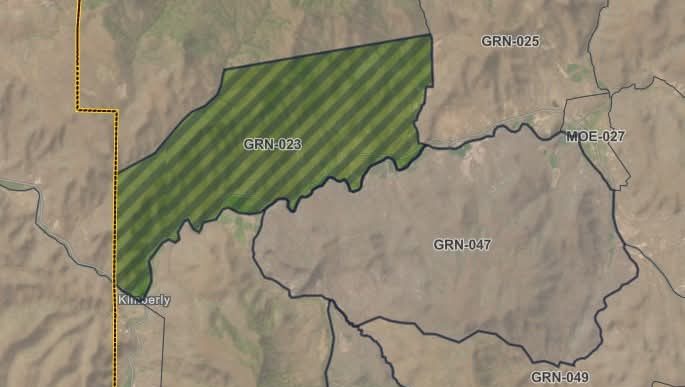Our View: Should rules for signature gathering change during COVID-19?
Published 10:00 am Tuesday, August 4, 2020
The state of Oregon and the federal courts have not been on the same page when it comes to signature gathering during the pandemic. The case has become a clash between the First Amendment and state authority that could set an interesting precedent for the future.
Trending
Supporters of an initiative that would have an independent commission decide Oregon’s redistricting want to get it on the ballot. Their concept is it would be more sensible to take redistricting out of the hands of politicians, because they have an incentive to gerrymander voting districts. Groups including the League of Women Voters of Oregon, Common Cause Oregon, the NAACP of Eugene and Springfield, the Oregon Taxpayer Association and more are backing it.
The groups needed 149,360 verified signatures by July 2. They didn’t get it. Collecting signatures in a pandemic is, at the very least, more complicated.
A federal judge ordered Oregon Secretary of State Bev Clarno to either accept the signatures the campaign gathered or give the groups more time to gather a lower threshold of signatures. Clarno picked the lower threshold. Oregon Attorney General Ellen Rosenblum appealed the judge’s decision to the United States Court of Appeals for the Ninth Circuit.
Trending
Gov. Kate Brown’s attorney has filed a brief with the court arguing that her executive orders did not specifically prohibit one-on-one petition circulators and Oregon voters. That’s correct. But did those orders make it more difficult to conduct conventional signature gathering in any way? Arguably yes.
Brown’s attorney also argued that the federal judge’s decision makes policy and that is not the role of the courts. The decision allowed the redistricting petition the ability to qualify for the ballot with fewer valid signatures — only 58,789 — than mandated in the Oregon Constitution. That’s correct again. But the federal judge’s considerations did acknowledge that concern. The judge was trying to find a difficult balance between the core right of Americans to petition their government and state law and the governor’s orders.
And Brown’s attorney argued the judge’s decision is an implicit attack on the health-policy considerations in Brown’s executive orders. “When officials make reasonable pandemic-related policy decisions during these times, it is not the role of the federal judiciary to second-guess those choices,” Brown’s brief says. Chief Justice Roberts only recently wrote when state officials “undertake[ ] to act in areas fraught with medical and scientific uncertainties,” their latitude “must be especially broad.” That’s right, too. But the federal judge’s decision on this initiative does not invalidate Brown’s executive orders nor her authority to make critical public health decisions during the pandemic. It, once again, tries to balance state authority against the First Amendment rights of people to shape their government in the midst of a pandemic.
Can we say know who is right or what the courts will ultimately decide? Of course not. But is it better if this initiative is on the ballot and Oregonians get to decide for themselves if they want to change the way redistricting works? To that we would say yes.









